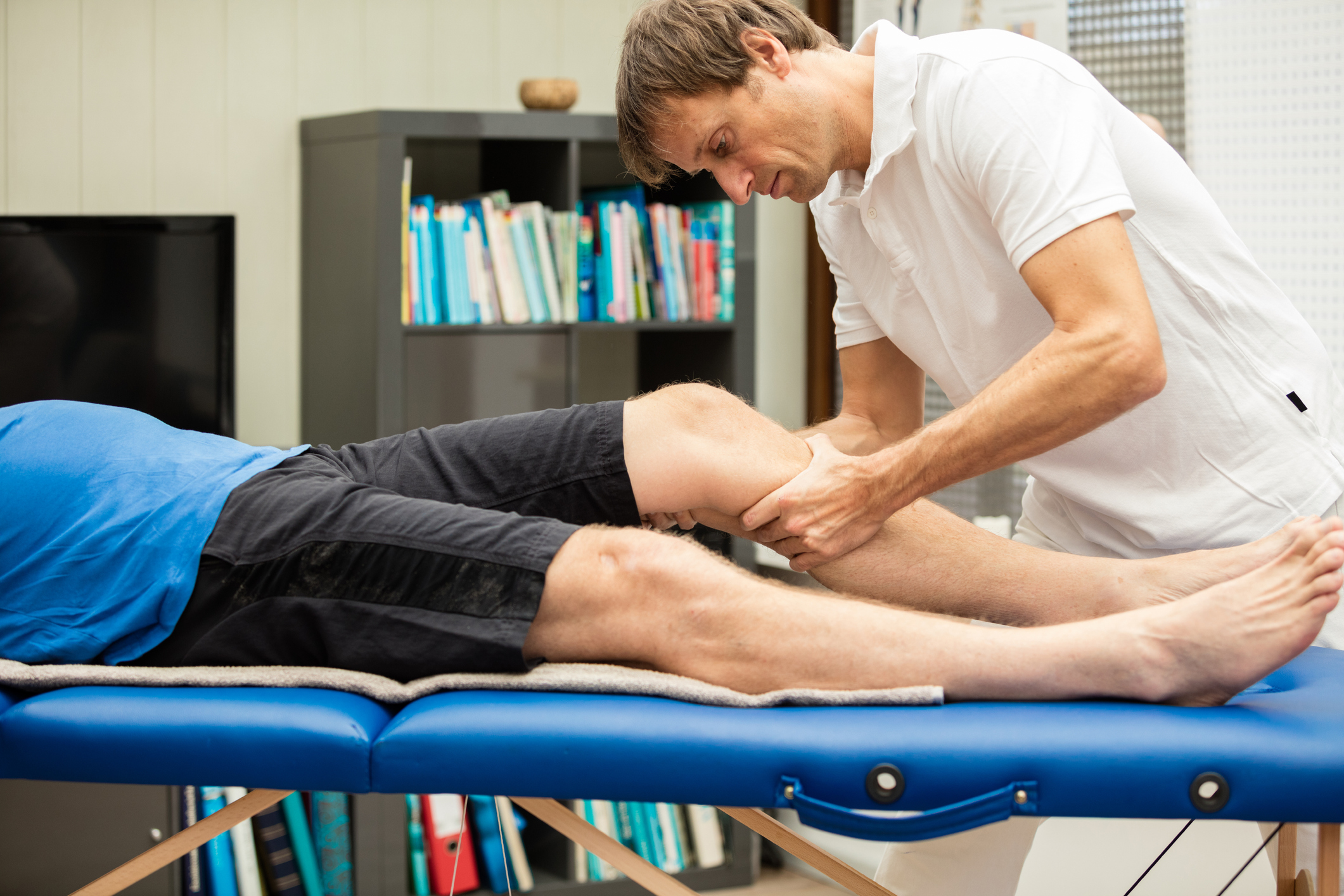Muscle weakness is difficult to treat after a traumatic joint injury as it stems from a multifaceted interplay of neurological and morphological processes that disrupt the muscle’s communication and regulation. Data from a large clinical database showed that four out of five patients who engage in anterior cruciate ligament rehabilitation (one of the most common therapeutic programs) leave with strength levels well below clinical recommendations. To improve this situation, rehabilitation specialists need to think beyond conventional forms of exercise prescription, as it is clear that the current treatment approaches fail to adequately restore muscle strength. In our review paper, published in Exercise and Sport Sciences Reviews (ESSR), we propose a novel framework for an exercise prescription in muscle recovery that is often overlooked.
Eccentric contractions (also known as lengthening contractions) offer a potent solution for muscle recovery by uniquely stimulating the nervous system and cellular signaling pathways that promote tissue health and growth. Our research, along with others, has demonstrated the power of an exercise prescription emphasizing eccentric contractions to effectively enhance neural drive and cellular signaling, which are responsive to muscle stretch and repetitive lengthening.
Despite its potential, there is still reluctance in the clinical community to adopt eccentric exercise due to its association with injury. This dogma is due, in large part, to misinterpreted benchtop models that often involve extreme conditions that do not accurately represent the clinical scenario (e.g., the removal of the distal point of long-tendon from the bone for experimental purposes or animals that are exercised with the intent to cause injury). We previously reported that experiments that use clinically translational doses of eccentric exercise (e.g., 15 minutes) have shown its safety and effectiveness.
Insufficient strength recovery is associated with various negative outcomes, including increased risk of re-injury, early joint degeneration, and reduced physical activity levels. To counteract this situation, clinicians must prioritize exercises that target the underlying causes of muscle weakness. Eccentric exercise achieves this by maintaining muscle communication through neural pathways less affected by the initial injury. It also engages essential stretch-sensing properties of the muscle, which convert mechanical stress into responses that promote muscle growth. To this point, we and others have found that training with eccentric contractions improves the magnitude and firing rate of alpha-motoneurons, resulting in greater strength recovery and knee movement profiles in those with a significant history of joint injury relative to concentrically treated patients.
Exploring alternative rehabilitation approaches that treat the underlying causes of muscle weakness is key to promoting more effective outcomes. Through our review paper, we aim to stimulate dialogue and reflection regarding current practices and the safe use of eccentric contractions to enhance muscle recovery. We encourage clinicians to responsibly consider the inclusion of isolated lengthening exercises to address the various factors that degrade muscle health. The review provides a series of original clinical articles that offer protocols as guidelines for development.

Lindsey Lepley, PhD, is an associate professor of athletic training, director of the Comparative Orthopaedic Rehabilitation Laboratory (CORL), and co-director of the Orthopedic Rehabilitation & Biomechanics Laboratory (ORB) at the University of Michigan School of Kinesiology. Her research focuses on elucidating the mechanisms that regulate skeletal muscle strength, activation, and structure after traumatic joint injury to establish interventions that optimize muscle recovery. To advance clinical practice, her research group utilizes noninvasive animal injury models and human subject research to design, test, and translate new sports medicine strategies from conception to practice.
Viewpoints presented in ACSM Bulletin commentaries reflect opinions of the authors and do not necessarily represent positions or policies of ACSM. Active Voice authors who have received financial or other considerations from a commercial entity associated with their topic must disclose such relationships at the time they accept an invitation to write for the ACSM Bulletin.




